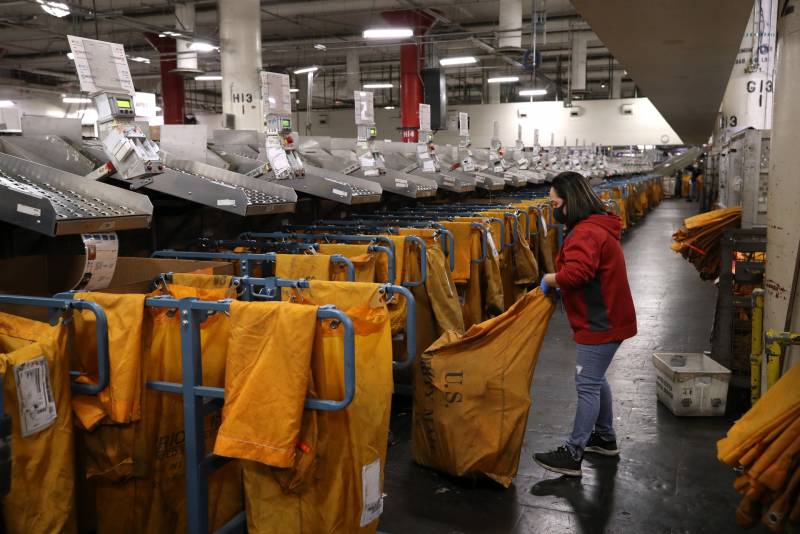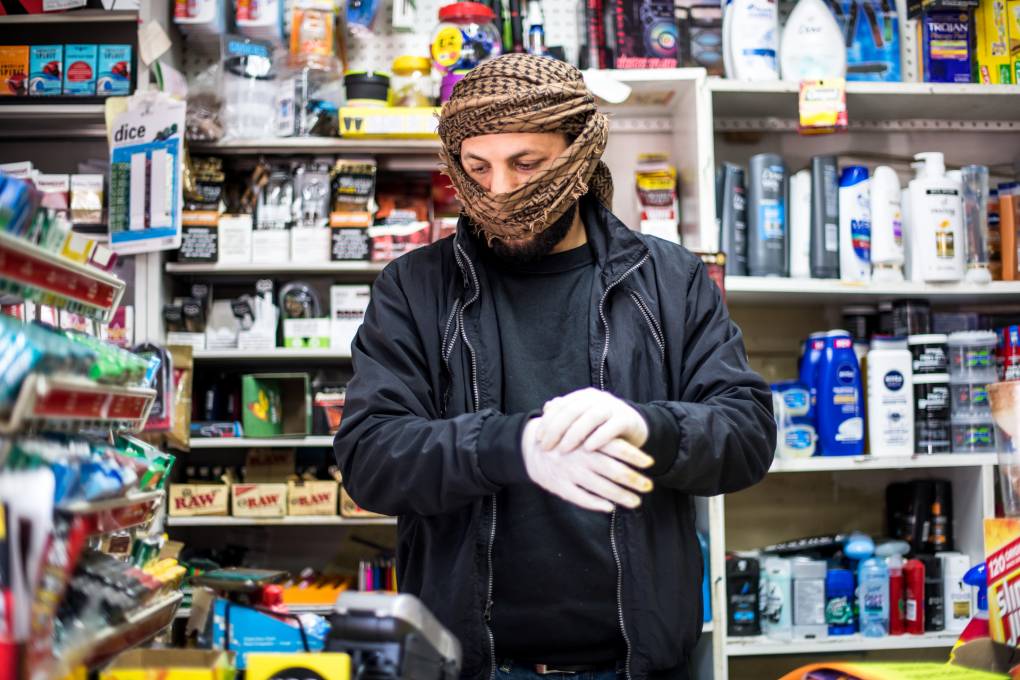Workers deemed “essential” are also more likely to live below the federal poverty line or hover just above it. They are more likely to have children at home, and many live with others who also have front-line jobs.
“What is important about this pandemic is that it has shined a spotlight on workers who have always been essential, but before this were invisible,” said David Michaels, professor of environmental and occupational health at the Milken Institute School of Public Health at George Washington University.
In Oakland, Richmond, San Jose and San Francisco, women make up the vast majority of front-line workers in three lines of work: child and family care, health care and building and cleaning services, according to data from the U.S. Census Bureau analyzed by the Associated Press and KQED.
Nearly 90% of child and family care workers in Richmond are women. Men are much more likely to hold delivery and warehouse jobs. In San Jose, about 75% of people in trucking, warehouse and postal service jobs are men.
Front-line workers in the Bay Area’s largest cities were also twice as likely to be foreign-born compared to the national median. Most of them work in building and cleaning services, in child and family care and in the grocery sector. In Oakland, Richmond, San Jose and San Francisco, more than 70% of building and cleaning services workers are foreign-born, compared to about 40% nationally.
Richmond and San Jose have the highest percentage of foreign-born front-line workers overall.
In Richmond, one in five front-line workers are not citizens. All of the Bay Area cities included in the analysis had higher proportions of non-citizen front-line workers than the average major U.S. city. People working in building and cleaning services, in child and family care, and in the grocery sector were the least likely to be citizens.
Still, front-line workers in Bay Area cities are more likely to have health insurance than their national counterparts.
Most workers without insurance work in building and cleaning services, in child and family care, and in the grocery sector.


